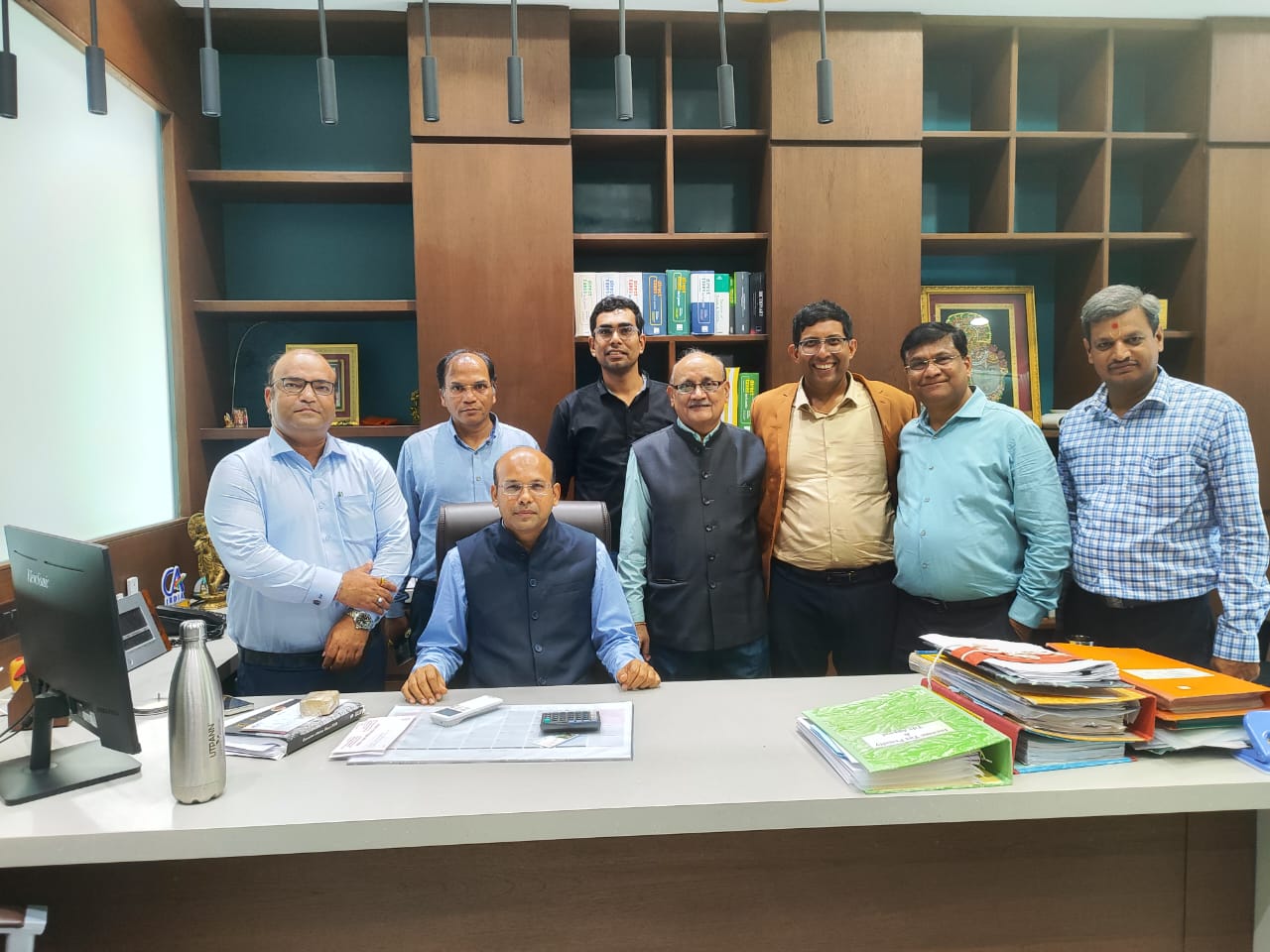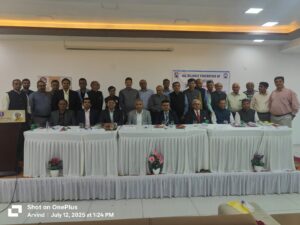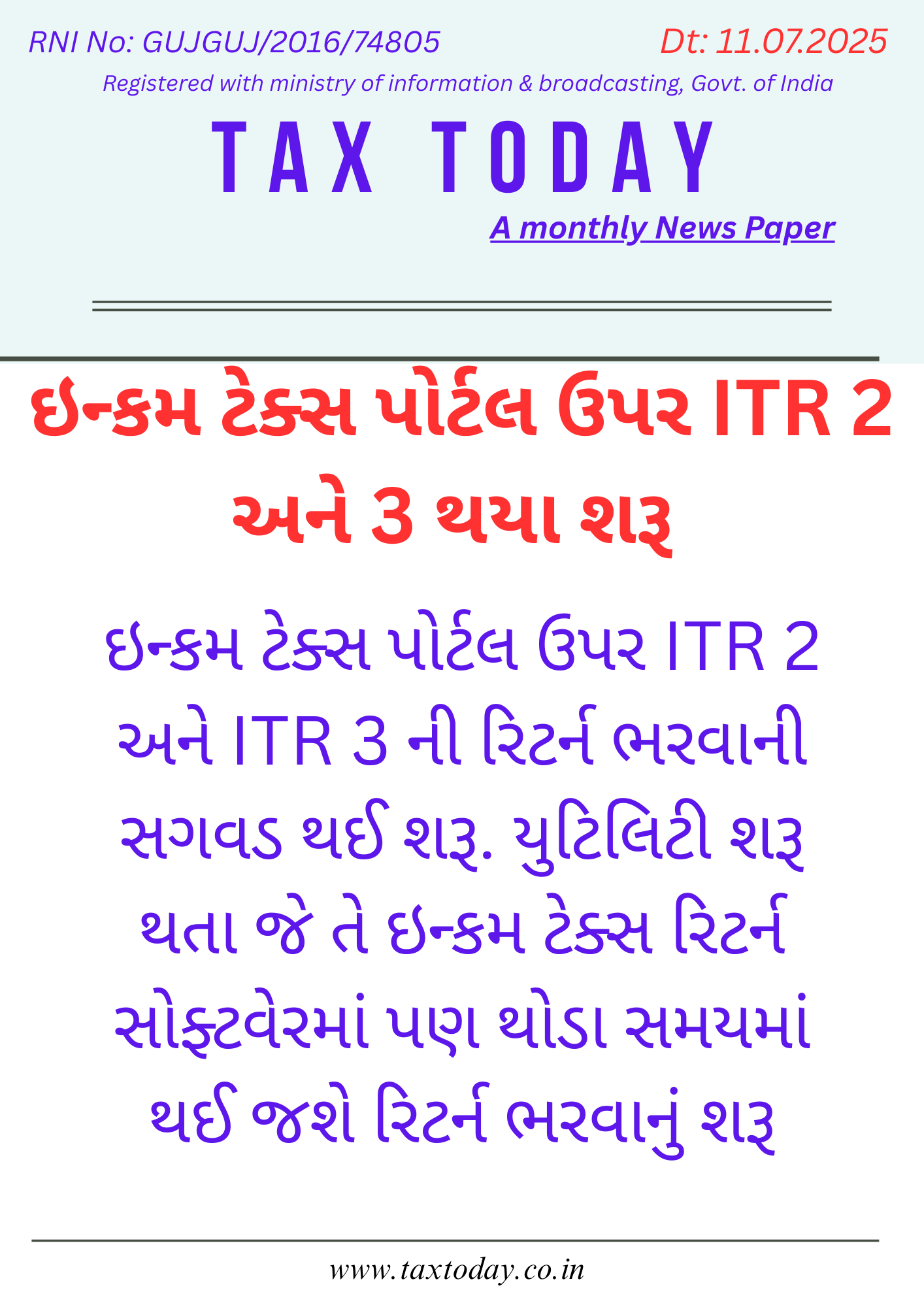Is Exporting Goods & Services upon payment of Integrated Tax a better option under GST? By Adv Hirak Shah

- The term ‘Refund’ has a very significant importance amongst every individual contributing in some way or the other towards the country’s economic growth. However, when the category of refund is ‘refund of taxes paid’, the significance further increases. Be it refund of Income Tax or refund of Goods and Services Tax (‘GST’), every individual who is bonafidely eligible to claim refund shall be keen to encash the same.
- To facilitate taxpayers, the Government needs to provide a hassle-free refund process. An uninterrupted and adequate refund mechanism is essential for tax administration. It facilitates trade by releasing blocked funds for working capital thereby assisting them in expanding and modernising of existing business.
Overview
- This article deeply delves into the refund an individual is eligible to claim upon exports of goods and services under GST and specifically highlights which amongst the two options – exports under Integrated Tax or exports under LUT/Bond is beneficial for a registered person under GST.
- Prior to commencing a detailed analysis of the maximum refund a registered person is entitled to under the two options of export under GST, it is pertinent to note that the Finance Act, 2021 replaced the entire scheme for refunds of zero-rated supplies under GST and has tightened the purse strings, qualitatively as well as quantitatively.
- The Finance Act, 2021 amended Section 16(3) of the Integrated Goods and Services Act, 2017 (‘IGST Act’) substantially whereby a registered person shall be eligible to claim refund only of the accumulated ITC upon export under LUT/Bond and that the option of exporting goods or services upon payment of Integrated Tax and subsequently refund of the same in accordance of Rule 96 of the CGST Rules shall be available only to a specific class of registered person which the Government may notify.
- Thus, the Government introduced a specific provision, i.e. Section 16(4) of the IGST Act which prescribed that the specific class of registered persons who shall export goods and services upon payment of Integrated Tax shall be notified by the Government. However, it is important to note here that such class of registered persons who can export goods and services upon payment of integrated tax are yet to be notified and therefore the old provisions of Section 16(3) of the IGST entitling the registered person two options for exporting goods continues.
Relevant Legal Provisions
- The detailed analysis in this regard, would kick start with the relevant provisions qua refund as prescribed under the GST law:
Provisions of Section 16(3) of the IGST Act – PRIOR to Finance Act, 2021
“A registered person making zero rated supply shall be eligible to claim refund under either of the following options, namely: ––
(a) he may supply goods or services or both under bond or Letter of Undertaking, subject to such conditions, safeguards and procedure as may be prescribed, without payment of integrated tax and claim refund of unutilised input tax credit; or
(b) he may supply goods or services or both, subject to such conditions, safeguards and procedure as may be prescribed, on payment of integrated tax and claim refund of such tax paid on goods or services or both supplied,
in accordance with the provisions of section 54 of the Central Goods and Services Tax Act or the rules made thereunder.”
Provisions of Section 16(3) and 16(4) of the IGST Act – POST Finance Act, 2021
“(3) A registered person making zero rated supply shall be eligible to claim refund of unutilised input tax credit on supply of goods or services or both, without payment of integrated tax, under bond or Letter of Undertaking, in accordance with the provisions of section 54 of the Central Goods and Services Tax Act or the rules made thereunder, subject to such conditions, safeguards and procedure as may be prescribed:
Provided that the registered person making zero rated supply of goods shall, in case of non- realisation of sale proceeds, be liable to deposit the refund so received under this sub-section along with the applicable interest under section 50 of the Central Goods and Services Tax Act within thirty days after the expiry of the time limit prescribed under the Foreign Exchange Management Act, 1999 (42 of 1999.) for receipt of foreign exchange remittances, in such manner as may be prescribed.
(4) The Government may, on the recommendation of the Council, and subject to such conditions, safeguards and procedures, by notification, specify-
(i) a class of persons who may make zero rated supply on payment of integrated tax and claim refund of the tax so paid;
(ii) a class of goods or services which may be exported on payment of integrated tax and the supplier of such goods or services may claim the refund of tax so paid.”
Provisions of Section 54 of CGST Act:
“(1) Any person claiming refund of any tax and interest, if any, paid on such tax or any other amount paid by him, may make an application before the expiry of two years from the relevant date in such form and manner as may be prescribed: Provided that a registered person, claiming refund of any balance in the electronic cash ledger in accordance with the provisions of sub-section (6) of section 49, may claim such refund in the return furnished under section 39 in such manner as may be prescribed.”
Rule 89(4) of CGST Rules:
“(4) In the case of zero-rated supply of goods or services or both without payment of tax under bond or letter of undertaking in accordance with the provisions of sub-section (3) of section 16 of the Integrated Goods and Services Tax Act, 2017 (13 of 2017), refund of input tax credit shall be granted as per the following formula –
Refund Amount = (Turnover of zero-rated supply of goods + Turnover of zero-rated supply of services) x Net ITC ÷ Adjusted Total Turnover
Where, –
(A) “Refund amount” means the maximum refund that is admissible;
(B) “Net ITC” means input tax credit availed on inputs and input services during the relevant period other than the input tax credit availed for which refund is claimed under sub-rules (4A) or (4B) or both;
Provisions of Section 2(59) of CGST Act:
“Input” means any goods other than capital goods used or intended to be used by a supplier in the course or furtherance of business; [Section 2(59) of the CGST Act]
Rule 96 of CGST Rules:
“(1) The shipping bill filed by an exporter of goods shall be deemed to be an application for refund of integrated tax paid on the goods exported out of India and such application shall be deemed to have been filed only when:-
(a) the person in charge of the conveyance carrying the export goods duly files [a departure manifest or] an export manifest or an export report covering the number and the date of shipping bills or bills of export; and
(b) the applicant has furnished a valid return in FORM GSTR-3 or FORM GSTR-3B,as the case may be;
(c) the applicant has undergone Aadhaar authentication in the manner provided in rule 10B;”
Declaration as required under Section 54(3)(ii) of the CGST Act
“I hereby declare that the refund of input tax credit claimed in the application does not include ITC availed on goods or services used for making ‘nil‘ rated or fully exempt supplies.”
ANALYSIS AND COMMENTS
- Basis the aforesaid legal provisions, if a person is exporting goods without payment of IGST, i.e. under Bond or LUT, he is eligible to claim refund of unutilised ITC which includes refund of ITC for inputs, input services and capital goods used in making zero rated supplies. It is pertinent to note hear that the provisions of the CGST Act allows the registered person to claim refund of unutilised ITC for making his export without payment of IGST under Bond/LUT as per Section 16(3)(a) of the IGST Act, 2017 and Section 54(3)(a) of the CGST Act, 2017. Further, the words “Input Tax” and “Input Tax Credit” as defined under Section 2(62) and 2(63) will cover all the ITC of inputs, input services and capital goods as well.
- However, Rule 89(4) of the CGST Rules 2017 has defined the term “Net ITC” as credit of inputs and input services only and does not include capital goods for the purpose of claiming refund. Therefore, this Rules restricts the registered person to claim refund of his unutilised ITC qua capital goods only because of the formula prescribed under Rule 89(4) and the way the term “Net ITC” has been defined. Due to this, one might feel that the provisions of Rule 89(4) are ultra vires to the provisions of Section 54 of the CGST Act.
- On the other hand, if the registered person avails the option of exporting goods upon payment of Integrated Tax, then as a part of the return filing process, he will mention the IGST amount proportionate to the taxable value of goods in Row 3.1(b) of Table 3 of Form GSTR-3B and he will disclose all the ITC availed under Row 4(d) – “All other ITC” of Form GSTR-3B. It is pertinent to note here that the ITC which will be availed in Row 4(d) of Form GSTR-3B and which will be accumulated will be inclusive of inputs, input services and capital goods. Therefore, for the purpose of payment of IGST at the time of filing Form GSTR-3B, the registered person shall offset his output liability in terms of his zero-rated supply with the credit already accumulated with him in his electronic credit ledger and such credit shall include ITC of inputs, input services and capital goods. Additionally, the registered person shall disclose the details of goods exported under Table 6 of Form GSTR-1. Disclosure of IGST paid upon export of goods in Form GSTR-3B and Form GSTR-1 will directly be reflected in the electronic system maintained by the Customs Department and thereafter the entries made by the registered person in Form GSTR-1 shall be deemed to be a refund application made by him and after processing and verifying the said data, the Customs Department shall grant refund of the Integrated Tax paid directly into the bank account of the registered person.
- A hypothetical illustration by which it can be construed that exercising the option of payment of Integrated Tax in case of export of goods is better over the option of exporting goods under LUT/Bond is given as under:
Illustration:
| Turnover details | ITC details |
| Value of Total turnover – Rs.11,00,00,000/- | Input tax on inputs – 9,00,000/- |
| Value of Exempt turnover – Rs.1,00,00,000/- | Input tax on capital goods – 4,00,000/- |
| Value of Exports – Rs.10,00,00,000/- | Other ITC on Input Services – 1,00,000/- |
| Particulars | Export of goods with payment of IGST
[First Option] |
Export of goods under LUT/Bond
[Second Option] |
| Value of Total Turnover | 11,00,00,000/- | 11,00,00,000/- |
| Less: Value of Exempt Turnover | 1,00,00,000/- | 1,00,00,000/- |
| Value of Zero supplies / Adjusted total turnover | 10,00,00,000/- | 10,00,00,000/- |
| Applicable IGST rate@18% | 18,00,000/- | – |
| ITC available in Electronic Credit Ledger (inclusive of inputs, input services and capital goods) | 14,00,000/- | – |
| Total IGST liability on export | 18,00,000/- | – |
| Less: Offsetting ITC available | 14,00,000/- | – |
| Difference IGST payable/paid | 4,00,000/- | – |
| Net ITC on inputs and input services | – | 10,00,000/- |
| Net ITC on capital goods | – | 4,00,000/- |
| Refund granted in terms of Section 16(3) of the IGST Act, 2017 | 18,00,000/-
(Rule 96) |
10,00,000/-
[10 crore/10 crore * 10 lacs] (Rule 89(4)) |
- Therefore, basis the aforesaid illustration it can be concluded that under the first option the registered person is entitled to claim the refund of total IGST paid upon zero rated supply by availing ITC available in his electronic credit ledger whereas under the second option, i.e. export of goods under LUT/Bond, the registered person who has already prepaid all the taxes in due course of inward supply which is accumulated credited in his electronic credit ledger remains unutilised due to the formula prescribed under Rule 89(4) of the CGST Rules and thereby refund qua capital goods is not granted.
- The most logical and practical reason for non granting refund of GST qua capital goods could be that capital goods have a longer shelf life and are used by the supplier for longer duration of period. The useful life of capital goods has been prescribed as five years in terms of the provisions of Rule 43 of the CGST Rules, 2017. Further, depreciation at the rate of 5 percentage points for every quarter as per straight line method has been allowed in respect of capital goods under GST. Unlike the erstwhile Central Excise regime where the CENVAT credit in respect of capital goods was available to the extent of 50% only in the first year and remaining CENVAT was available in the subsequent years, there is no restriction on availing ITC of the tax paid on capital goods in one go under GST. Allowing refund of full ITC attributable to capital goods in the month of their procurement itself would amount to unjust enrichment of the supplier as these capital goods would also be subsequently used by the supplier for next 5 years. However, inputs and input services are fully consumed in an output supply and therefore allowing refund of ITC attributable of inputs and input services does not result in such uneven refund calculation. Therefore, restricting refund of ITC qua capital goods could be a conscious policy decision of the legislature.
Conclusion
Given the legal provisions under the two options qua export of goods under GST and their mathematical implications, it is quite pertinent to note that under the option of exporting goods upon payment of Integrated Tax, whether merely providing a declaration that the registered person is not availing refund of capital goods would suffice in comparison to the stringent provisions of Rule 89(4) of the CGST Rules wherein the registered person is bound to exclude ITC of capital goods while applying for refund itself. Given the rapidly changing GST Law only time will tell whether exporting of goods upon payment of Integrated Tax was actually beneficial or not for the registered person.
The views prescribed hereinabove are strictly based on the author’s own interpretation of the legal provisions and their implications and do not have any legal impact.
(Author is an Advocate practicing in the field of taxation in the Gujarat High Court)






